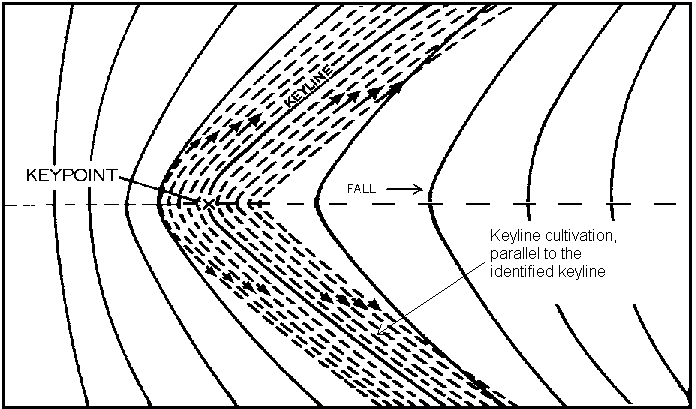Sounds like the London Clay rather than the Chalk Hills of Chiltern... thanks for the introduction--I like cultural geology. My am on a glacial plateau on a pocket of fine sandy silt, surrounded by compacted till, so I have winter wet soils, but no clay (much to the chagrin of my earthen plaster dreams! I am envious)
For spectators:
http://en.wikipedia.org/wiki/London_Clay
Quick thoughts:
Clay has strong capilarity... your water level can be a foot below ground, but pore space is so tight, that you can have no oxygen a foot above water level. So you may have to drain more deeply then you suspect to achieve aerated soil over winter to grow your fava beans and kale.
I suspect ideas like hugelkultur might be very useful for disconnecting your surface soil from groundwater, while maintaining a summer moisture reserve (summer moisture might be more of a concern for me than for your... but climates change).
I suspect a really solid elevation surveys would be invaluable. If you don't know already, look into 'water levels'... more precise over distance than an A-frame.
Because of your sticky soil, both high angle of repose, and low erodability, you can move water with a pretty steep walled ditch. Rule of thumb is 2% slope to move water... or 2 inches drop over an 8' board.
Typically I have started at my end point elevation, and mapped my line up hill, measuring length and tracking elevation. over a 100 feet you'd want to drop 2 feet, and so you see having long drainage ditches involves deep trenches, and so managing lots of smaller wet and dry microclimates is more labor efficient for drainage, but gets in the way of broadscale cultivation.
It could be that you combine hugelkultur and drainage... such that along the ditch you have 'backwaters' by adding 'sills' to your drianage ditch, so that while you are lowering water level locally during rainy periods, you are recharging your wood, and the last light rains, don't leave the system. see attached.
All speculation, thanks for the opportunity


























































